The Orange High School students helping a Chapman University professor study the drought’s impact on California native plants knew they were contributing to important work and learning research techniques as they inched through rows of plants, measuring the growth of each and every one.
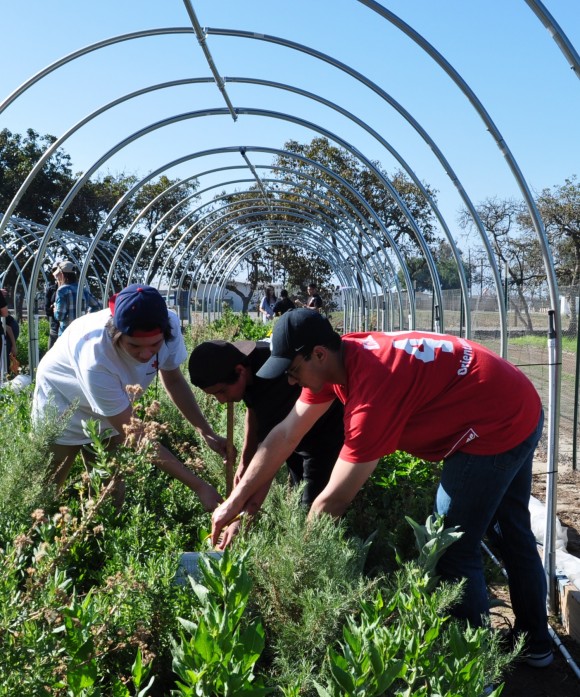
Chapman University graduate student Nick Tellier (M.S.
school counseling ’17 ), right, helps Orange High students measure plants that are part of Professor Jennifer Funk’s research project. Tellier will also accompany the students on their South Africa trip.
But what they never imagined is that in the process they’d also discover some pretty cool secrets about the California sunflower. Thanks to an impromptu botany lesson among the plants from Jennifer Funk, Ph.D., associate professor in the
Schmid College of Science and Technology, the students learned that as part of the aster family, the shrubby California native creates flowers whose centers are actually a composite of many tiny flowers.
Junior Juan Cancino was quick to note the advantages.
“So if I give someone one of these flowers, I’m actually giving them hundreds of flowers,” he said, smiling.
“That’s so cheap,” teased his classmate, Christopher Vu.
Even if they don’t make it into prom corsages, those sunflowers, along with the experience of working with a Chapman scientist, will almost certainly become lasting high school memories. That’s because the 10 students are helping with selected activities at Funk’s field site and campus lab throughout this winter and spring in preparation for a 10-day Earthwatch research expedition to South Africa this summer. The students, all juniors and students of Amelia Strickland (’05), who earned her teaching credential at Chapman, were selected to participate in the trip by the
Picerne Foundation.
Among the preparatory activities the foundation requires is that the students perform 40 hours of field work with a local university or sustainability project. Thanks to outreach programs piloted at Orange High in recent years by Christopher Kim, Ph.D., and Jason Keller, Ph.D., associate professors at Schmid College, Strickland said she knew the value of university exposure for her students.
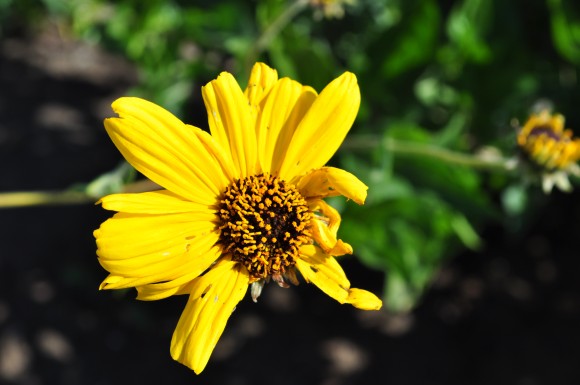
Students were surprised to learn that clustered at the center of a California sunflower are many tiny flowers.
“When you’re in high school and younger you have this idea of what a scientist looks like, and it’s usually a white man in a lab coat,” Strickland said on a recent Saturday morning as she watched her students calculate each plant’s volume. Then she nodded to the plant rows where a pony-tailed Funk and her assistants worked alongside the students. “And now they see this and get a real picture of what it looks like on a day-to-day basis.”
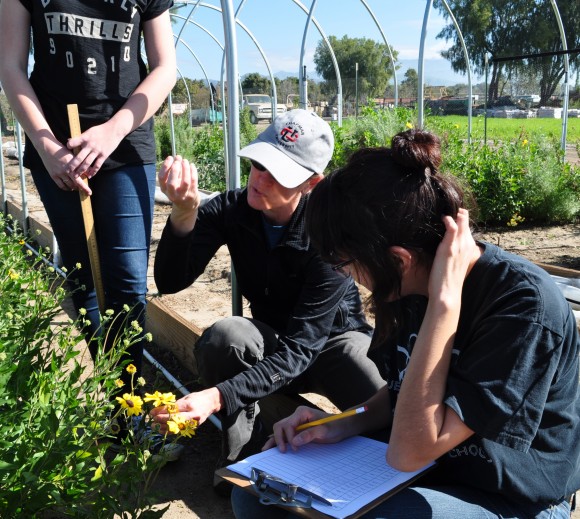
Professor Funk and students take time out for an impromptu botany lesson. The shrubby California sunflower is one of the species in her long-term study.
What they saw first-hand was Funk’s project site near the foothills of Irvine, Calif. With support from a National Science Foundation grant,
Funk is leading a long-term study of plants’ adaptability in drought and non-drought conditions. Understanding plants’ response to
drought over time has numerous implications, from planning habitat preserves for animal life to managing wildfire hazards, Funk says. Among those plants is the California sunflower, also known as coast sunflower.
In addition to the field work, the students also assist in the campus lab where they prepare leaf and soil samples for carbon analysis. It doesn’t involve “mind blowing new discoveries every minute, but it’s important,” Strickland says.
Student Jocelyn Paez says she doesn’t mind the somewhat repetitive work and says she sees its value in the big picture of vital research.
“It’s stuff that you wouldn’t know if you didn’t have a chance to do this. All the work that goes into all of this, you just kind of take it for granted,” she said. “It’s working hands-on in what they’re trying to do from the first step to the end.”
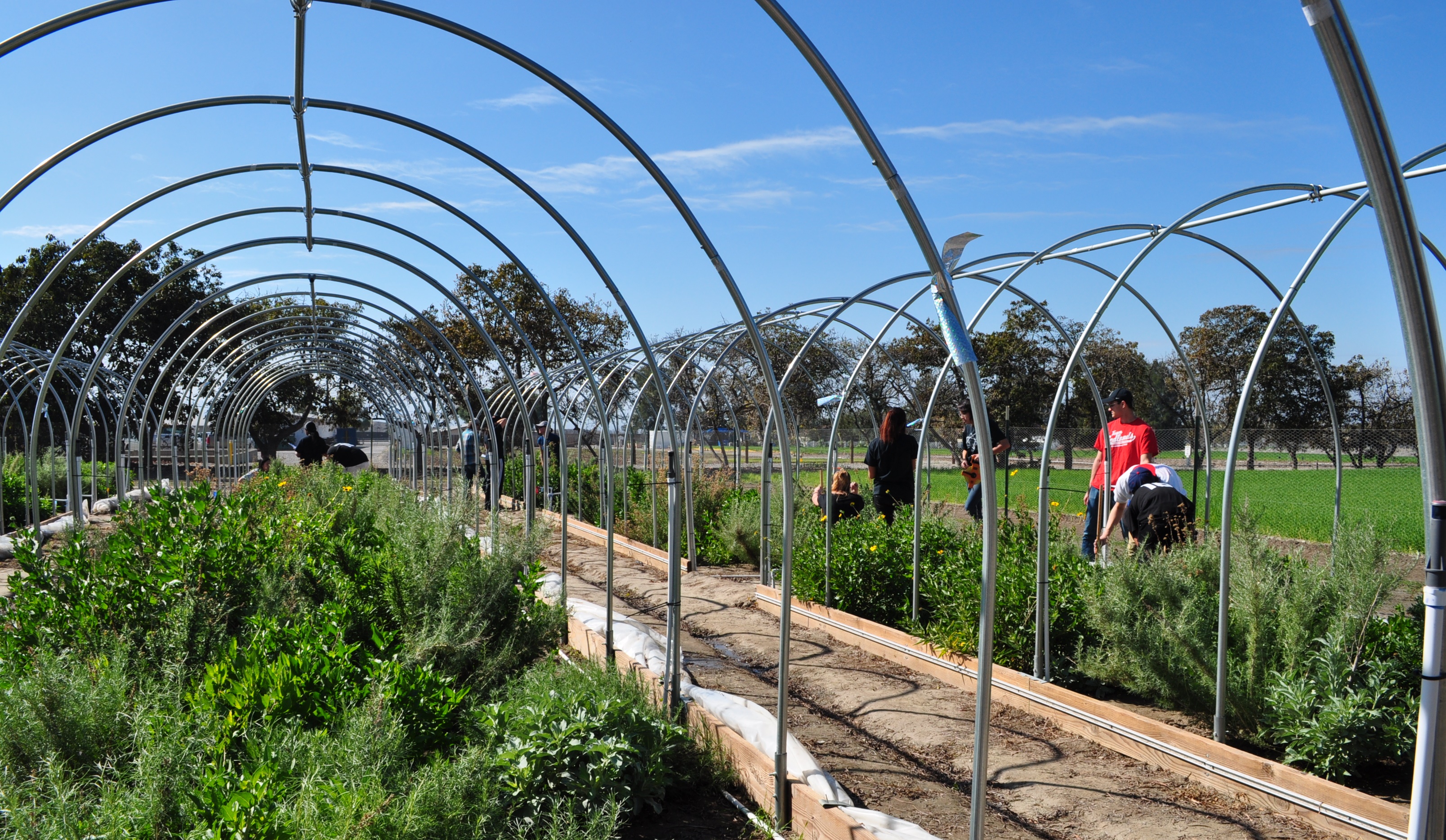
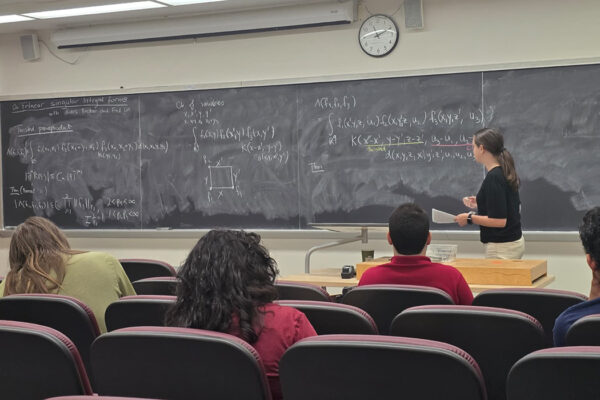

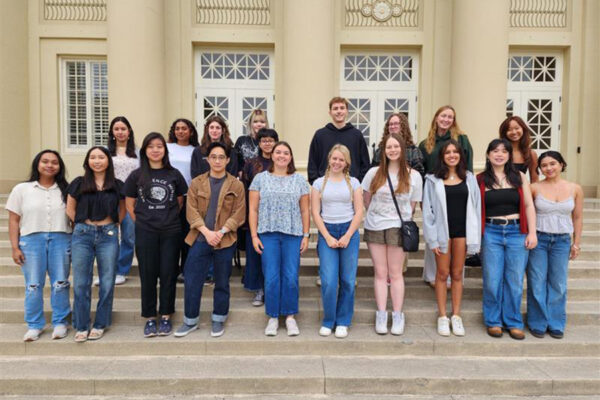

Add comment